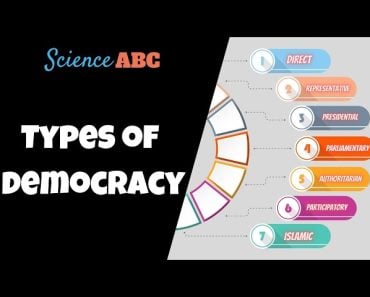Table of Contents (click to expand)
Government expenditure impacts GDP. Capital and revenue expenditures fund assets & services. Borrowing is common due to deficit spending. Debt sustainability depends on GDP growth, institutions, and stability. Debt-to-GDP ratio matters for fiscal health. Balancing debt is crucial for a country’s financial stability and future generations’ prosperity.
Government expenditure is an essential determinant of the GDP of any country, and this expenditure varies from country to country. For 2022, it ranged anywhere from as low as 8% to as high as 129% of a nation’s GDP, as per the IMF estimates. We will come back to how the proportion of expenditure can exceed a country’s GDP, but first, it’s crucial to understand all avenues where the government spends money.
Expenditures incurred by any government can be classified under two categories – capital and revenue. Economic activities conducted related to agriculture, industry and services can be categorized between capital and revenue expenditures. All expenditures incurred that go towards creating assets in the economy are called capital expenditures.
Expenses for creating infrastructure and the repayment of loans come under the capital expenditure classification. Expenditure incurred towards general upkeep and maintenance of government bodies (pensions, salaries, building repairs, etc.), repayment of interest on borrowed loans, and allocation towards public welfare schemes are some examples of revenue expenditure.
Therefore, expenditure that does not create any asset or goes towards maintaining government departments and providing services comes under this category.

Governments, like any other organization, must find sources to fund these various expenditures. These sources can be either internal, through borrowing or taxation, or even external borrowings from other countries or international financial institutions (World Bank, IMF etc.). Except for taxation, whichever source the government chooses to borrow from will incur a cost—the cost of repaying the principal, along with the interest payment. This article will seek to explain the implications of tapping into that second source – borrowing.
Recommended Video for you:
Why Do Governments Borrow?
Taxation is never sufficient for any government to fulfill its responsibilities and duties. Government expenditure always exceeds government revenues. Deficit spending has therefore become the norm for almost all countries. Take the instance of the US Government; in the past 90 years, it has run 76 annual deficits and only 14 annual surpluses. For developing countries, deficit spending becomes essential because, in most cases, the tax-paying population is also small in number, and they need to spend on research and development, infrastructure and education to increase the production capacity of the citizens.
Thus, all governments end up borrowing. When the borrowing exceeds the revenues, it is called deficit spending. Just like any personal loan, borrowing comes with the cost of repaying the principal along with the interest. These loans are paid off over a period of time. Therefore, while the benefit is incurred today, as the borrowed amount is disbursed immediately, the cost might be borne by future generations.

Of course, if the borrowing is for infrastructure, then future generations equally benefit from this, but not in the case of any revenue expenditure, costs such as paying off salaries, etc. The benefits, in that case, may not affect all or most citizens directly, as in the case of infrastructure.
How Much Can Governments Borrow?
Too much debt can overwhelm a country’s finances, apart from creating the risk of inflation due to overspending by the government. Governments need to be wary of how much debt they decide to incur. On the plus side, unlike individuals, governments are perennial. This means that while individuals need to pay off all their debts in a lifetime, governments can run deficits for indefinite periods.
Therefore, the goal for governments is typically not to become debt-free, but to timely service repayments and actively avoid defaults. This is because payment defaults have severe implications, as they affect the country’s credibility and would attract negative sovereign ratings, thereby increasing interest costs for any future borrowing.

A country’s debt is considered sustainable if the government is able to meet all its current and future payment obligations without seeking any additional assistance or going into default, as defined by the International Monetary Fund (IMF).
Economists generally look at the country’s debt-to-GDP ratio to get an overview of the fiscal health of the government.
How Do Governments Ensure Their Debts Are Sustainable?
Generally, the debt-to-GDP ratio indicates the financial leverage of an economy. It is computed by dividing the total accumulated debt with the country’s annual GDP. The resultant ratio indicates how many times greater the debt is than the GDP. While a low debt-to-GDP ratio is desirable, a high debt-to-GDP ratio is not necessarily bad for an economy. Even if a country has accumulated too much debt, it need not necessarily burden the future generation if the economic prospects are bright, as this would also translate into higher incomes for future citizens. The debts incurred today would therefore, on average, ensure that every citizen tomorrow is better off compared to today, and as a result, governments would be able to levy higher taxes to pay off existing debts.
The sustainability of debt depends not only on a nation’s growth prospects, but also on key institutions, such as central banks, law and order, etc. Politically unstable countries are seen as a financial risk. While there is no thumb role denoting the ideal debt-to-GDP ratio, countries need to be wary internally of how much debt is too much, as this inevitably affects their future debt costs.












